Blog List:
1. Raspberry Pi-based Experiment Logger and Analyzer with Remote Lab Control
2. Raspberry Pi-based Experiment Logger: Glimpses of the Kit
3. Raspberry Pi-based Experiment Logger: Wiring up Raspberry Pi 4 B
4. Raspberry Pi-based Experiment Logger: System Concept & Workflow
5. Raspberry Pi-based Experiment Logger and Analyzer with Remote Lab Control: Ready, Set, Go!
Introduction:
In this blog, I will go through the unboxing of the kit and have a broad view of the kit as well
Unboxing:


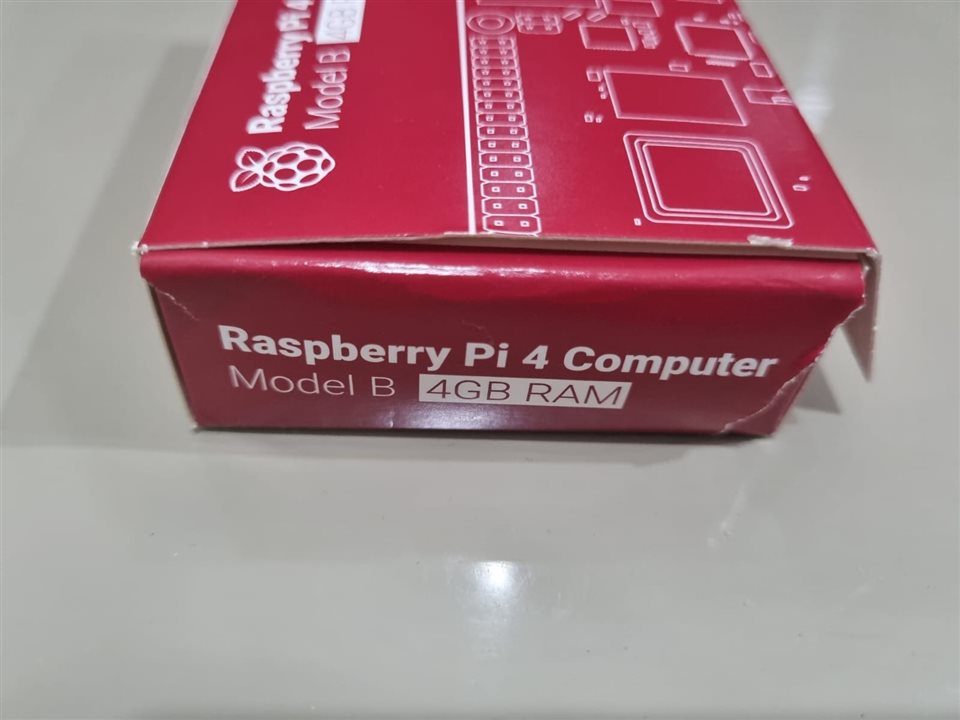
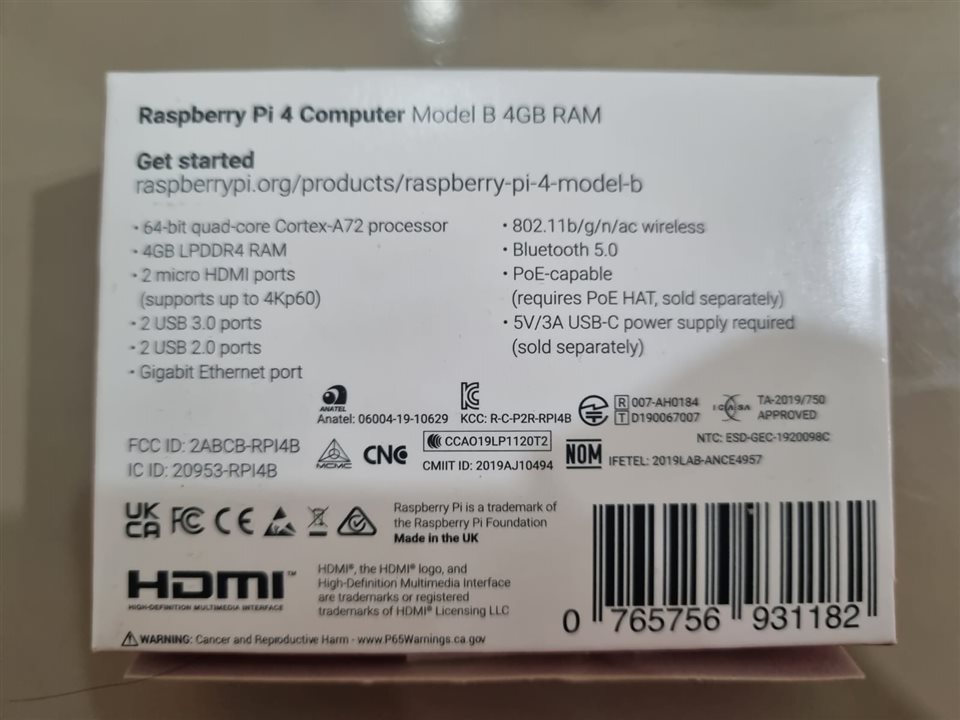
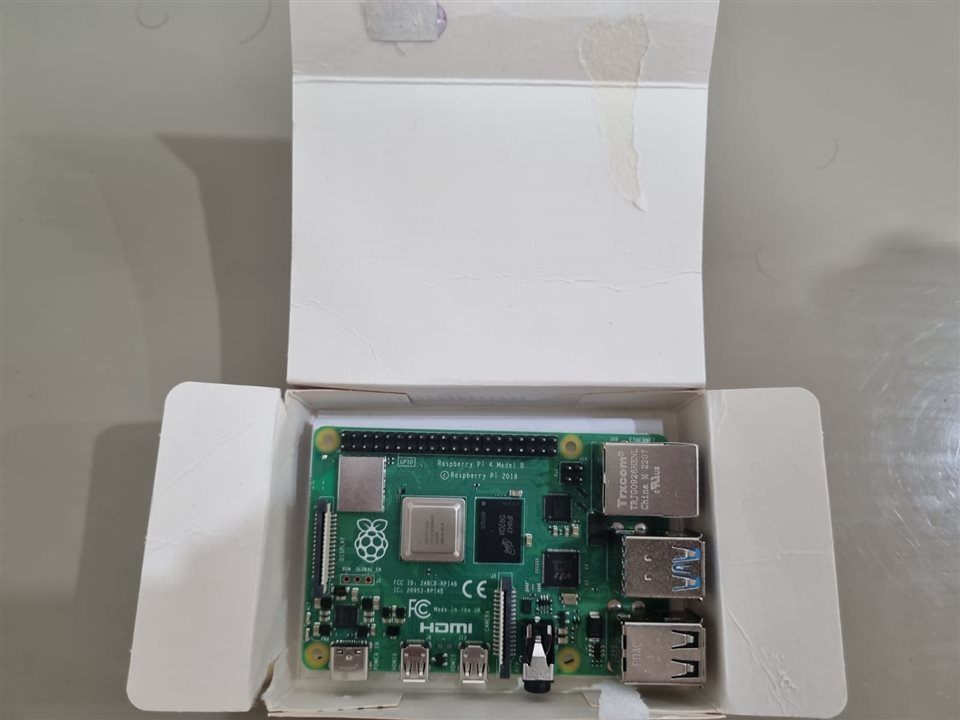
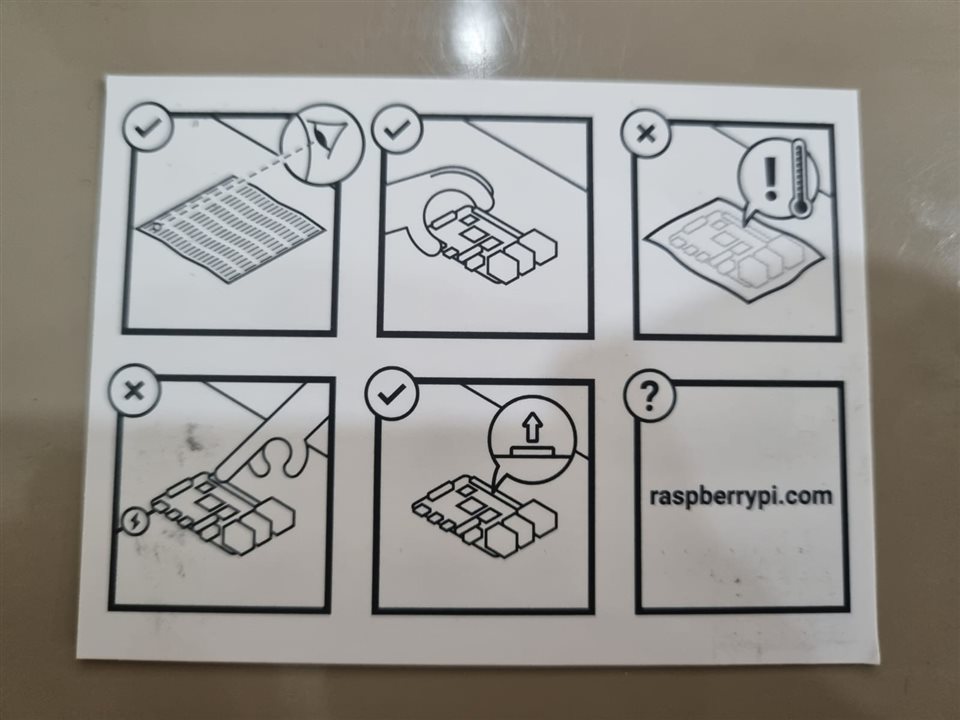
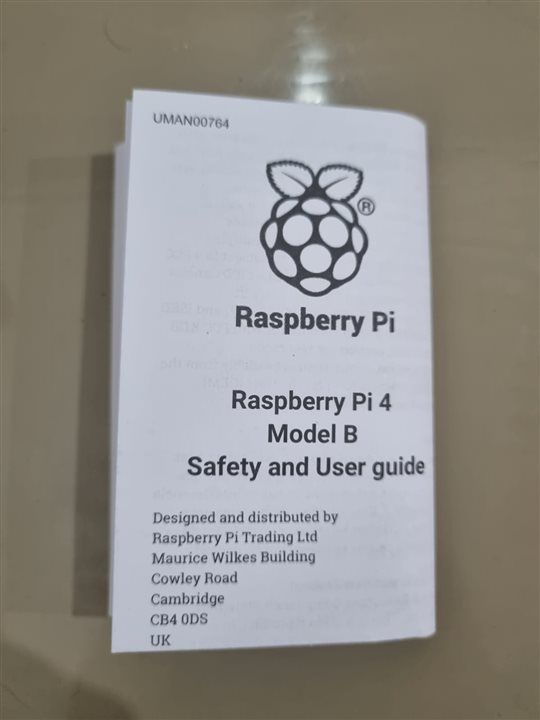

Close Up view of the Raspberry Pi 4 Model B:
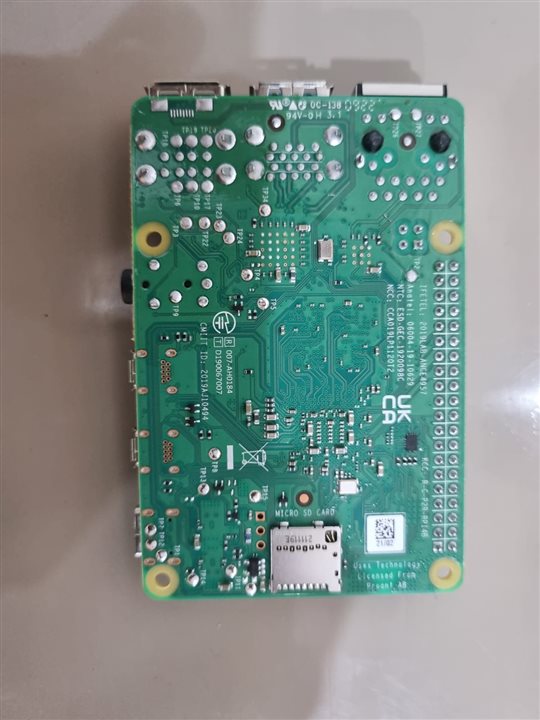

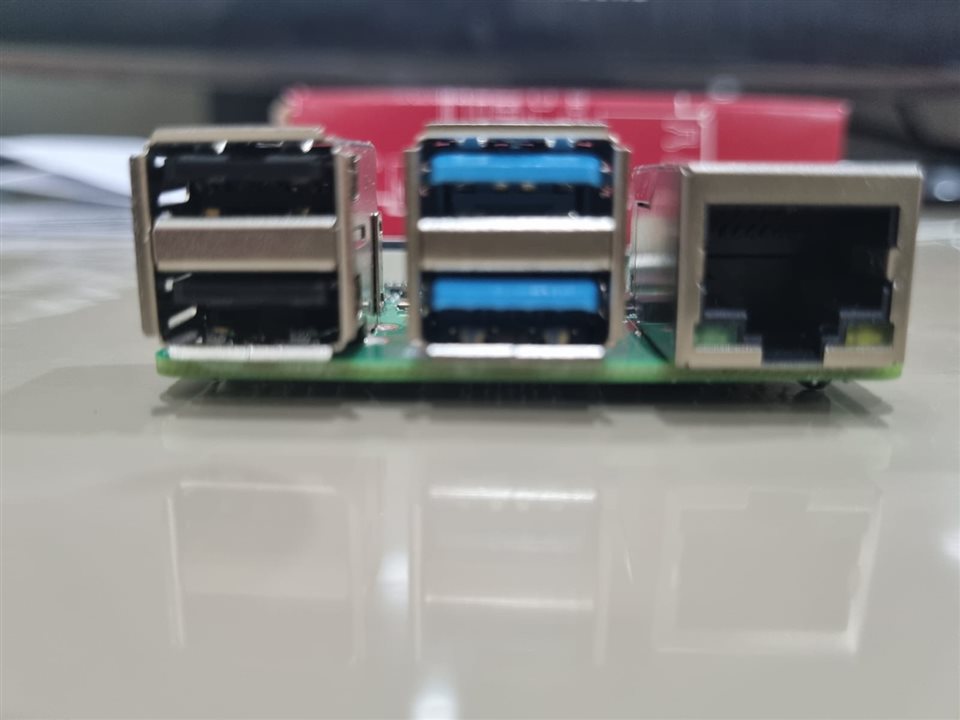
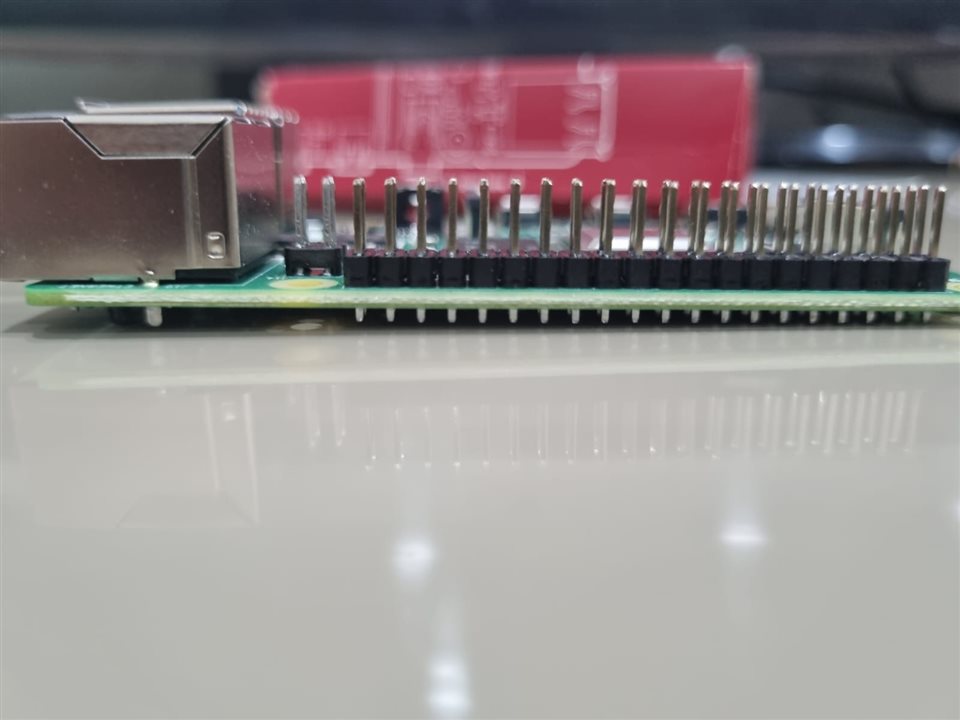
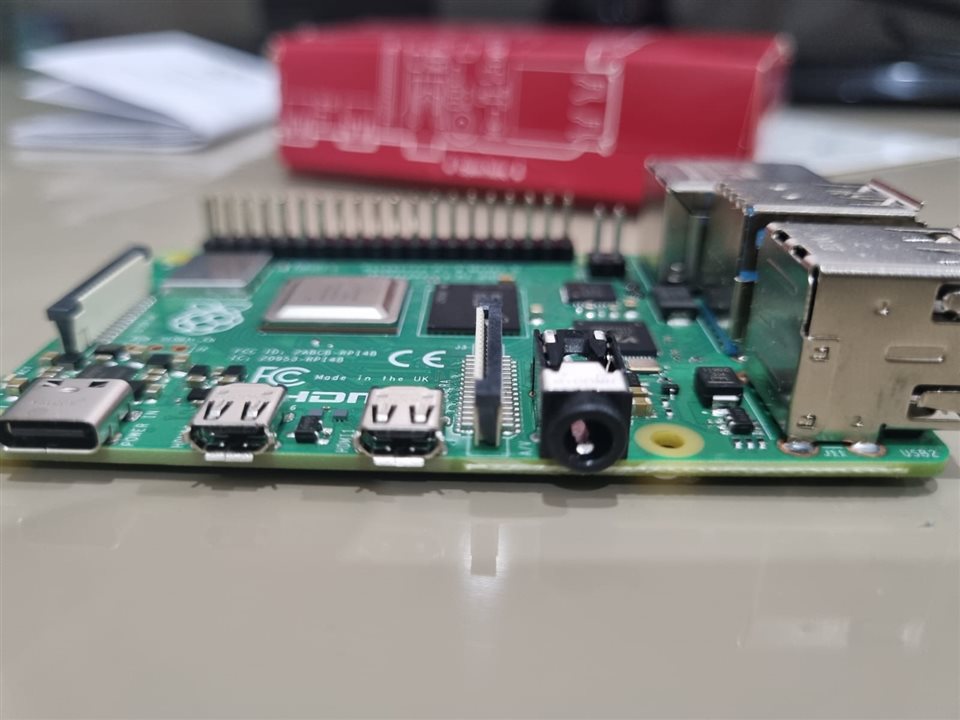

Micro HDMI to HDMI Adapter:
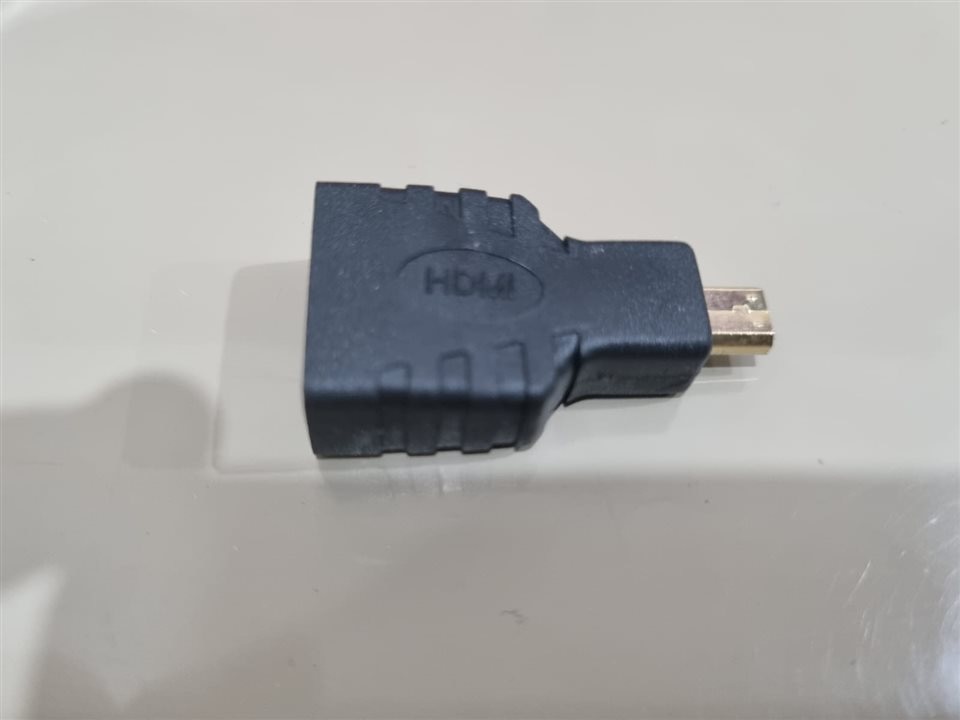
I was waiting for this arrive before I completed the blog going into the kit. I earlier thought that it had an HDMI port but later on when I tried to connect it with my monitor I noticed that it had a Micro HDMI Port. So, I decided to go with the Micro HDMI to HDMI adapter in place of the cable as I had a few extra cables and this adapter was pretty cheap in comparison to the whole cable (Less than 1 USD).
You can find it here on Amazon.
Kit Specifications:
The Raspberry Pi 4 comes in 3 RAM versions - 1 GB, 2 GB and 4 GB variants. The one that I received for this challenge is the 4 GB LP-DDR4 RAM variant.
Additional Specifications are:
 Broadcom 2711, Quad-core Cortex-A72 64-bit SoC @ 1.5 GHz
Broadcom 2711, Quad-core Cortex-A72 64-bit SoC @ 1.5 GHz
 VideoCore VI Graphics Processor
VideoCore VI Graphics Processor
 2x USB 3.0 “Super-Speed” ports
2x USB 3.0 “Super-Speed” ports
 Bluetooth Low Energy (BLE) 5.0
Bluetooth Low Energy (BLE) 5.0
 Dual Band Wireless LAN (2.4Ghz and 5Ghz) with IEEE 802.11 b/g/n/ac support with new on board antenna
Dual Band Wireless LAN (2.4Ghz and 5Ghz) with IEEE 802.11 b/g/n/ac support with new on board antenna
 Up to 4K UHD native output over two HDMI ports (1x 4Kp60 or 2x 4Kp30)
Up to 4K UHD native output over two HDMI ports (1x 4Kp60 or 2x 4Kp30)
 OpenGL ES 1.1, 2.0, 3.0 graphics
OpenGL ES 1.1, 2.0, 3.0 graphics
 40 pin extended General Purpose Input-Output (GPIO)
40 pin extended General Purpose Input-Output (GPIO)
 4 pole Stereo output and Composite video port
4 pole Stereo output and Composite video port
 Camera Serial Interface (CSI) port for connecting the Raspberry Pi Camera
Camera Serial Interface (CSI) port for connecting the Raspberry Pi Camera
 Display Serial Interface (DSI) port for connecting the Raspberry Pi Touch Screen Display
Display Serial Interface (DSI) port for connecting the Raspberry Pi Touch Screen Display
 microSD port for loading your operating system and storing data
microSD port for loading your operating system and storing data
 Upgraded USB-C power source (recommended 3Amps)
Upgraded USB-C power source (recommended 3Amps)
 The same standard form factor as previous Raspberry Pi boards!
The same standard form factor as previous Raspberry Pi boards!
The Ports:
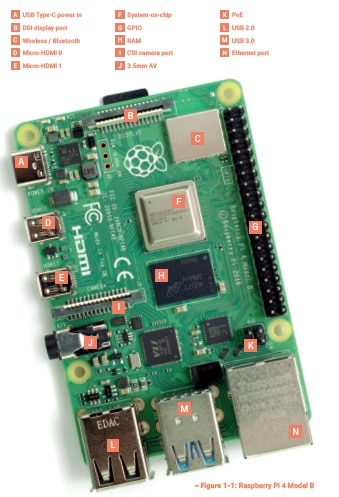
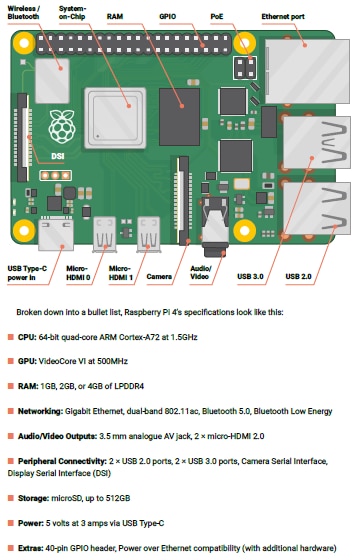
Kit Contents:
1. Rasberry Pi 4 Model B - 4GB Variant
2. Instruction Manuals
Additionally, along with these things we require the below things:
1. Monitor (this is optional)
2. Micro HDMI to HDMI Cable (this is required if you want to use a monitor)
3. Keyboard and Mouse (for interfacing with the Raspberry Pi)
4. A Micro SD Card (Preferably a high speed one with atleast 16GB of Memory)
5. A Type C Adapter with 3 Amps (I am planning to use my mobile's charger which I is also able to provide 3 Amps)
Now, in the next blog we will see how we can wire up our Raspberry Pi 4 B for the first time and have a look at the experience as well!



